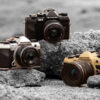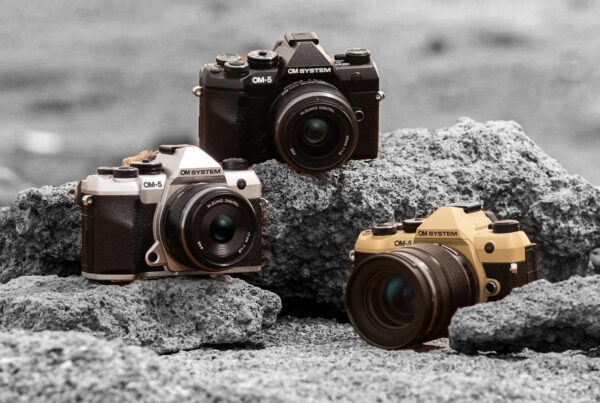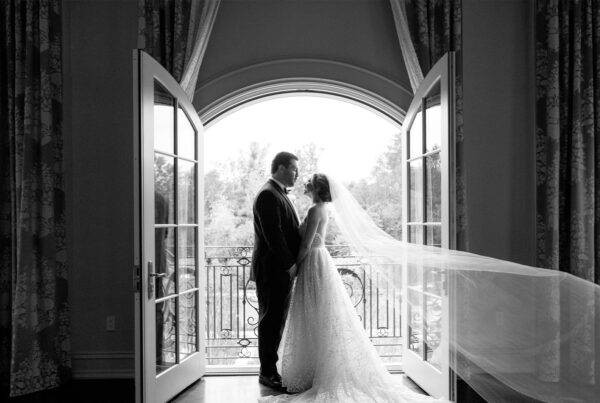Our Introduction to Macro photography is intended to open up a fascinating world under the lens for you. The tiny details and complex beauty that often fail to catch the naked eye, are captured in incredible detail through a macro lens. Be it the intricate patterns on an insect’s wing or delicate textures of a flower petal, macro photography allows you to study and record at pleasure every minutiae around you. In this comprehensive guide, you’ll learn what equipment you need; how to use it; and get a few ideas for the subjects that make stunning close-up images.
Essential Equipment for Macro Photography
Macro Lenses
For anyone interested in macro photography, a dedicated macro lens is essential. They normally have a 1:1 magnification ratio which means that the subject appears life-size on the sensor of your camera. They are designed to focus at very close distances, capturing tiny subjects on film in a way that normal lenses can’t.
Extension Tubes and Close-Up Filters
If you are just starting out or on a budget, extension tubes and close-up filters can be used instead of macro lenses. Placed between your camera and lens, extension tubes reduce the nearest focusing distance while increasing magnification. Screwing a close-up lens onto the front of your existing lens allows you a better minimum focusing distance and better zoom.
Reversing Rings
A reversing ring allows you to mount a lens backward on your camera, effectively turning it into a macro lens. This technique can provide high magnification and is a cost-effective way to get started with macro photography.
Tripod and Remote Shutter Release
A sturdy tripod is essential for macro photography to keep your camera steady, especially when shooting at slow shutter speeds. A remote shutter release or using your camera’s self-timer can help eliminate camera shake when taking the shot.
Techniques for Capturing Stunning Macro Images
Manual Focus
In macro photography, the depth of field is extremely shallow, often just a few millimeters. Using manual focus allows you to precisely control which part of the subject is in focus. Live view and focus peaking features can help you achieve accurate focus.
Focus Stacking
Focusing Stacking takes multiple images at different focuses by combining them into one picture that has more depth of field than any single shot can capture. This technique is especially useful for things of considerable depth such as small insects and flowers.
The state-of-the-art optics in each microscope is used to focus on a different point in an object and then combine images.
Lighting
Proper lighting is crucial in macro photography. Natural light can be used, but often additional lighting is needed to illuminate the subject. Ring lights, LED panels, and external flash units with diffusers can provide even, soft light that reduces harsh shadows and highlights.
Composition
Composition in macro photography is about more than just filling the frame with your subject. Pay attention to the background and how it complements or contrasts with the subject. Use leading lines, the rule of thirds, and other compositional techniques to create visually appealing images.
Depth of Field
Controlling depth of field is critical in macro photography. Using a smaller aperture (higher f-number) increases the depth of field, bringing more of the subject into focus. However, this also reduces the amount of light entering the lens, requiring slower shutter speeds or higher ISO settings.
Subjects for Macro Photography
Insects
Insects are a popular subject for macro photography due to their intricate details and vibrant colors. Unfortunately photographing insects is as much about luck as it is about skill or patience. Your best chance is early morning or late afternoon as they are less active.
Flowers
Flowers are another favorite subject for macro photographers. The variety and ease of capture makes it a common subject and a great photo. Experiment with different angles and lighting to highlight the unique features of each flower.
Textures and Patterns
Everyday objects can reveal fascinating textures and patterns when viewed up close. Look for interesting surfaces like wood grain, fabric, or even food items. Macro photography allows you to explore the abstract beauty in the mundane.
Everyday objects can look entirely different when viewed through a macro lens. Wood, fabric, food, or anything else can turn from the mundane into an extremely interesting photograph.
Advanced Techniques
High Dynamic Range (HDR) Macro
HDR macro photography involves taking multiple exposures of the same scene at different exposure levels and blending them together to capture a wider range of tones. This technique is useful for subjects with high contrast, ensuring that both the highlights and shadows are well-exposed.
Panoramic Macro
Panoramic macro photography combines the detail of macro with the context of a wider scene. You can stitch multiple photos together and create a detailed scene with a unique perspective on your subject.
UV and Infrared Macro
Specialized filters and lighting open up the color spectrum and reveal details not usually visible. If properly applied, these techniques can produce stunning and otherworldly results.
Why Shoot Macro?
Macro photography is a rewarding and fascinating genre that allows photographers to explore the intricate details of the world around them. With the right equipment, techniques, and a bit of creativity, you can capture stunning close-up images that reveal the beauty and complexity of small subjects. Whether you’re photographing insects, flowers, or everyday objects, macro photography offers endless opportunities for discovery and artistic expression.
By mastering the techniques and tools of macro photography, you can take your photography to new heights and create images that truly stand out. So grab your camera, get up close, and start exploring the miniature world that awaits you.









